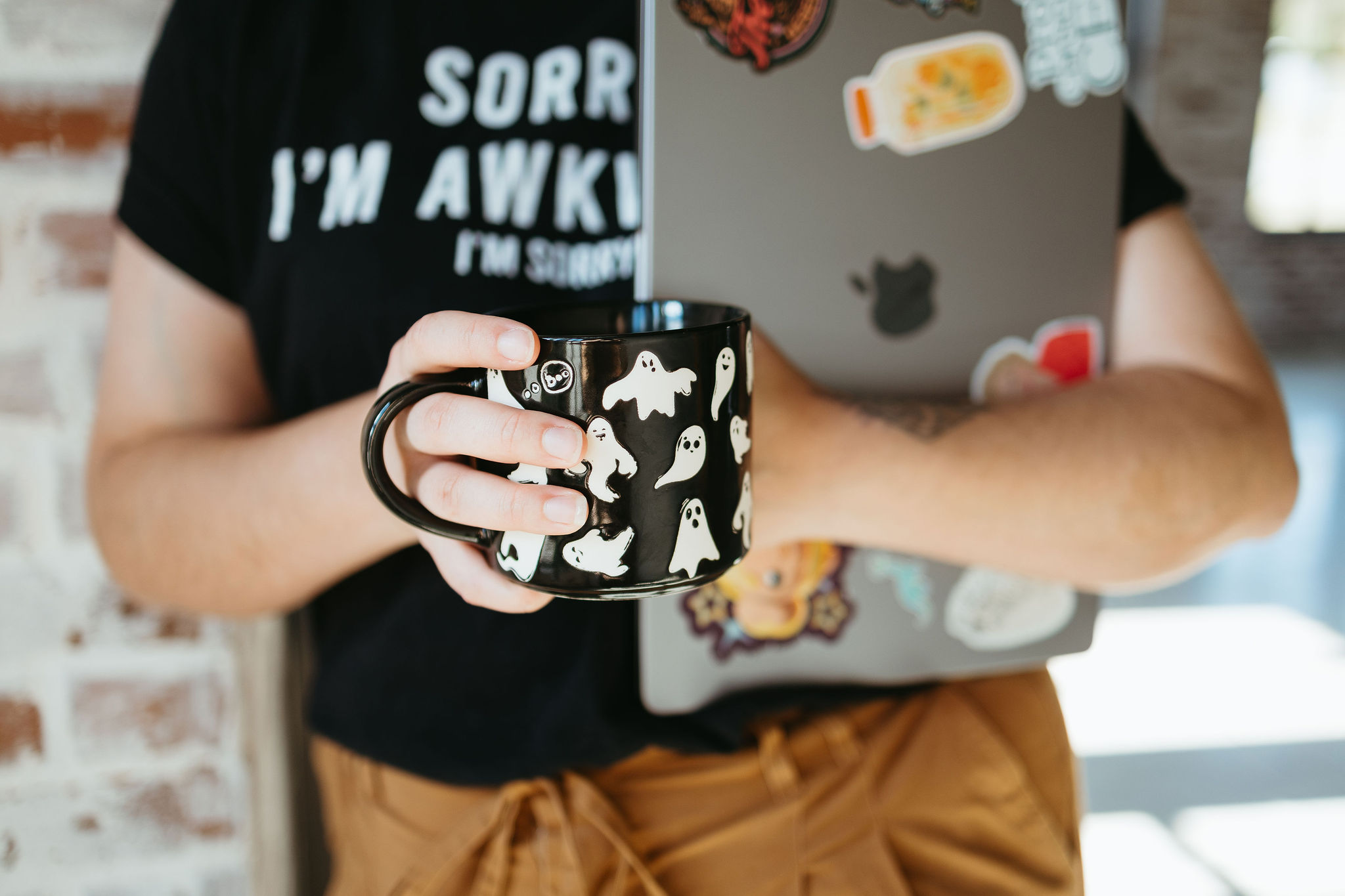I have a love for words and a knack for SEO – and as a mama, I know just how challenging it can be to run a business while raising a family. This blog is just one of the many resources you’ll find here that’ll help you boost your online visibility without sacrificing your sanity.
Thanks for being here (and I hope you’ll stick around).
Mckayla
categories
blogging
seo
Business
free seo checklist
get your checklist
explore
case studies
to the shop
work with us
follow us on instagram
share
Get access to six simple things you can do in 15-minutes or less to improve your SEO and get your website (and content) to show up in search.
There are so many aspects of blogging and SEO to wrap your head around, from blog structure and keywords — all the way down to what your URL should look like. This leads us to a common myth or “mystery” in blogging, mainly: is it true that to help improve SEO, your URL should match the title of your blog post “word for word?”
First of all, I’m happy you’re thinking so deeply about SEO. It really can be the littlest details that give your blog an unexpected boost in ranking or edge compared to your competitors. But, when it comes to your URL, you really shouldn’t just copy and paste your blog post title.
It may be tempting — mainly because it’s easy — but matching your blog post title can really come back to bite you in the future when you want to update or make changes to your blog.
To really explain why your URL shouldn’t match the title of your blog post, we have to take a look at what your URL is and how it impacts your SEO (and even if it impacts your SEO).
What is the URL of Your Blog Post?

Your URL is the link that takes people to your website. The structure of your URL has a few pieces, but we’re not looking at that right now. We’re looking at the portion of your URL that comes after your domain name and “.com” or “.co” or whatever your domain ends in.
The specific portion of your URL we’re discussing is the one that comes after the backslash and doesn’t include the date your blog was published or the category.
Most websites follow the default setup unless manually changed — each time you create a new blog post. Unfortunately, this default setting will copy and paste your title as your URL.
Outside of SEO optimization, this proves a bit tricky and not-so-user-friendly when certain additions to your title turn into extra hyphens in your URL. You’ll notice it quickly turns into a hard-to-read mess and while it’s not officially hurting your SEO, it’s not helping either.
Does Your Blog Post URL Affect Your SEO Performance?
To spare you the nitty gritty details and SEO jargon, I’ll put it simply. Yes. Your blog post URL structure does play a role in your SEO. It affects it enough to take the extra effort to optimize it, but not enough to lose sleep over if you don’t.
If you’re posting blogs and SEO is way in the back of your mind, and you’re researching on a whim, then this is a good practice to keep. However, you should absolutely start elsewhere. Keyword research and how to structure your blog post are two places to go first.
The whim kinda sounds a little like “oh sh*t. I haven’t done anything for SEO, let’s do this thing” or “This is a great post. I hear SEO is good; let’s see if there’s something simple I can do to optimize it.”
Again, 10/10 for the effort, but there are alternative places to start that are almost as simple and have a much larger impact on your rankings.
Why You Shouldn’t Match Your Blog Title in Your URL

Mainly, you’re limiting yourself and your content. By leaving your URL to match your blog post title, you’re leaving in all the specific details that you might want to change in the future – and the whole point of blogging revolves around creating long-term, long-form content that forever applies to your audience.
Picture this: you’ve created an amazing, highly detailed blog post around tips for Instagram, and you title it “11 Simple Instagram Tips to Use in 2023.” Your URL, if you’re matching your URL to your blog title word for word, would look like “/11-simple-instagram-tips-to-use-in-2023.”
But what happens when you decide to improve that blog post down the road? Maybe now you have 15 tips or 32 tips, or maybe it’s the next year, and you want to apply it to 2024?
The good news is that you can change your blog title. The bad news is you can’t change your URL to match without some serious SEO and website complications – or a whole lot of extra unexpected backend work. Think of broken backlinks and weird redirects.
Now, you’re stuck with a URL that doesn’t actually match, but there’s nothing you can do to fix it without losing the SEO work you’ve already done for this specific blog post.
There’s also the fact that sometimes we get a little carried away with the length of our blog post title, and it just kind of creates a mess when it’s copied into a URL. This really brings down the user experience in search.
What Should You Do For Your Blog Post URLs?
You want to keep it short, sweet, and to the point. Rather than your title, simplify and even match your primary keyword, if possible.
For example, that blog post about Instagram tips should have a URL that looks like “/instagram-tips” or “easy-instagram-tips.”
You DON’T want to make it confusing or look like a scam. Nobody trusts a URL that looks like “www.yourwebsite.com/146487326r409” or doesn’t really relate to what their blog post is – or at least I don’t. Not with today’s online security risks.
While your URL isn’t the official deciding factor in your SEO, it does serve as another hint for Google’s crawlers to determine what your content is about. You can learn more about how to structure your URLs for SEO here.
Reader Etiquette
© - Content and images in this blog are copyright this blog unless stated otherwise. Feel free to repost or share images for non-commercial purpose, but please make sure to link back to this website and its original post.
℗ - We do not store any information about your visit to our website other than for analytics and optimization for content and reading experience through the use of cookies.
c/o - Our site does at times contain paid advertisements, sponsored content, and/or affiliate links.
You might want to check these out too while you're at it
categories
blogging
SEO
business
It's me, hi! Your SEO bestie.
get to know me
work with us
//
services
//
case studies
//
Mom of three, lover of all things blogging, and borderline obsessive coffee drinker — I also just happen to love making complicated things simple and accessible, especially when it comes to SEO. The blog is a collection of what I've learned from years of testing, trial and error, and working with amazing clients with impactful businesses (just like yours). Blogging and SEO doesn't have to be boring — and it definitely doesn't need to be difficult.
Mckayla
get your checklist
Want to improve your website SEO in one afternoon? This free resource offers 6 actionable steps you can take in 15 minutes or less to instantly improve your SEO.



